
I went to Sri Lanka to watch wildlife and forgot the binoculars. I’m an older traveller, so forgetting isn’t a rarity, but the binoculars?
Packing my binos wasn’t the only important take-away from my Sri Lanka expedition. There were many, particularly for mature travellers, and it’s important they be shared. Because Sri Lanka’s tourism star is not just rising, it’s stratospheric, and a sizeable portion of its visitors are in my age group.
Having recently emerged from the economic paralysis of political chaos and pandemic calamity, Sri Lanka is now ripe and ready for viewers; so ready that its government has this year embarked on an aggressive global marketing campaign with the tagline, “You’ll come back for more”.
It aims to welcome 2.5 million overseas tourists and attract $4 billion in tourism revenue by the end of 2024, and has made an impressive start. Central Bank of Sri Lanka statistics for the first nine months of 2024 show tourist numbers up by nearly 47% on the previous year, with approximately one fifth of all travellers likely to be aged 60 and over, if 2023 tourism ratios are any guide.
Most will arrive from December to February, probably because these are the marginally cooler months, which cues my second suggestion for seniors. Older bodies don’t regulate extreme temperatures well, as I discovered in the July heat on Sri Lanka’s east coast, so do your research to ensure you haven’t chosen a time of year when the heat – or one of the two distinct monsoon seasons – could keep you indoors for much of the day.
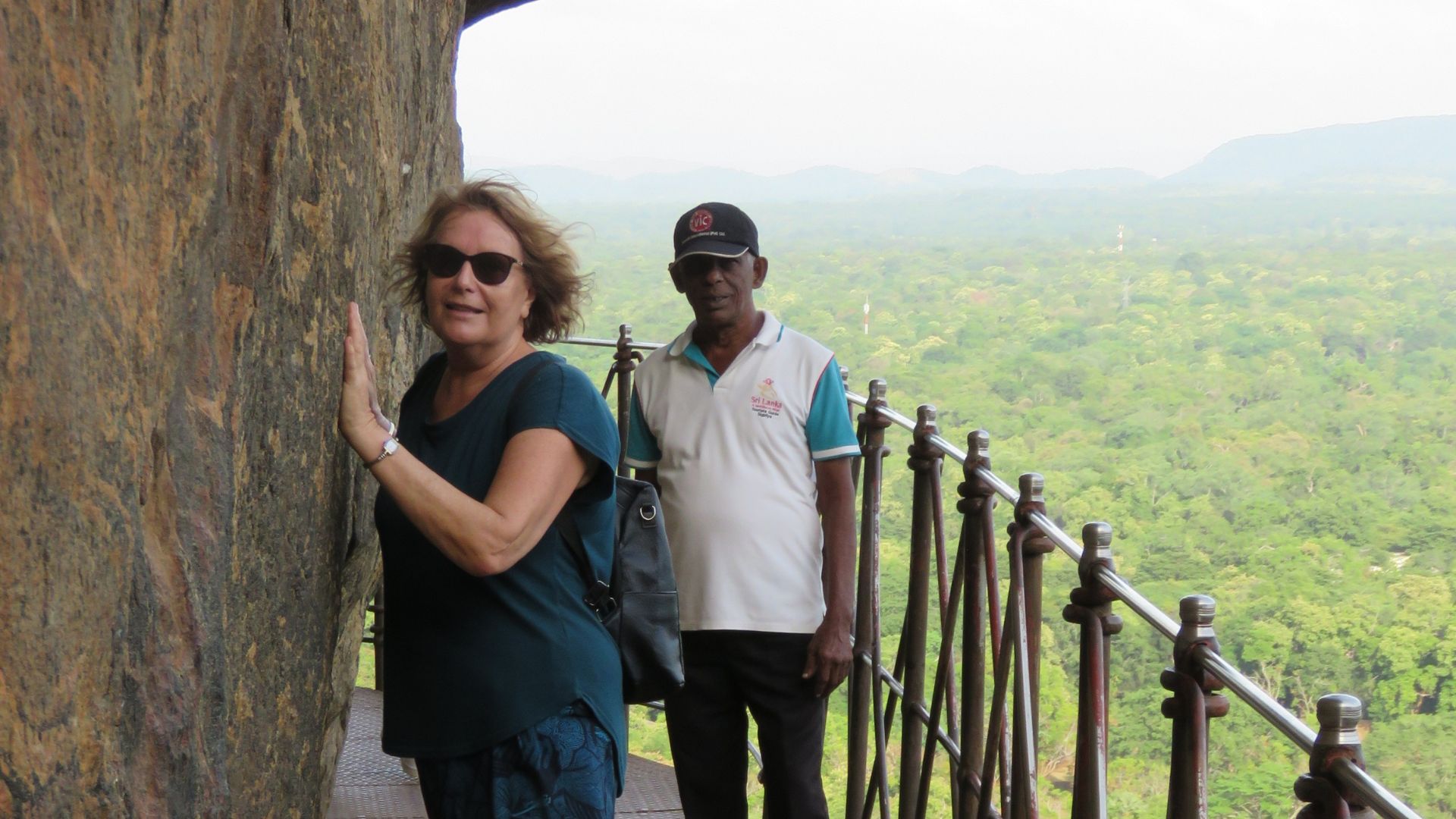
I intended to be outdoors, particularly in the national parks and on the coast. That said, I spent my first 12 days in Sri Lanka on an organised tour of the ‘must-sees’, and would counsel other older travellers to do the same. While it ticked off the significant sights, my tour also eased me gently into Sri Lankan culture, food, climate, language and currency without the stress of also having to find accommodation or face the driving. By the time I embarked on my independent travel experience, I felt comfortable with them all – except the driving. I would never get used to the frenzied Sri Lankan driving, and still bless my decision to pre-book very reasonably priced taxis or private drivers for all my solo adventuring.
Most organised tours of Sri Lanka ply a popular tourist route that includes the bustling capital city of Colombo, the historic fort town of Galle, the southern surf coast, the train ride through the central high country tea plantations and jungle, and a selection of national parks for wildlife viewing, among them Yala and Minneriya. Many also take in the city of Kandy with its strong colonial influence and Buddhist significance, and the UNESCO world heritage sites at Polonnaruwa and stately Sigiriya Lion Rock. Tour options abound, so finding one to suit your time and tastes won’t be difficult.
If organised tours aren’t your thing, yet you still want the comprehensive experience of national parks and sites of significance, hire a local guide. Our helper at stately Sigiriya Lion Rock – from a nearby village and with the agreeable name of Hello – talked and walked me through the points of interest and tricky sections of the climb. I’ll be honest and admit that I would possibly still be atop the Rock without Hello’s hand and encouragement on the precipitous descent.
But, that’s farther down the track. Before getting any kind of hello from Sri Lanka you must apply for an e-visa to enter the country. Sadly, fake e-visa websites abound, catching many tourists – especially older ones – out. So, to guarantee you aren’t marched straight out of the country on arrival, apply for your e-visa only through the official Sri Lankan government immigration website at www.eta.gov.lk.
I also recommend seeing a travel doctor before leaving for Sri Lanka to ensure you have the required vaccinations and a fully stocked first aid kit. In my experience, that kit should include mosquito repellant, antiseptic ointment and anti-diarrhea tablets. I needed them all at some point, and always when there were no chemist shops for miles.
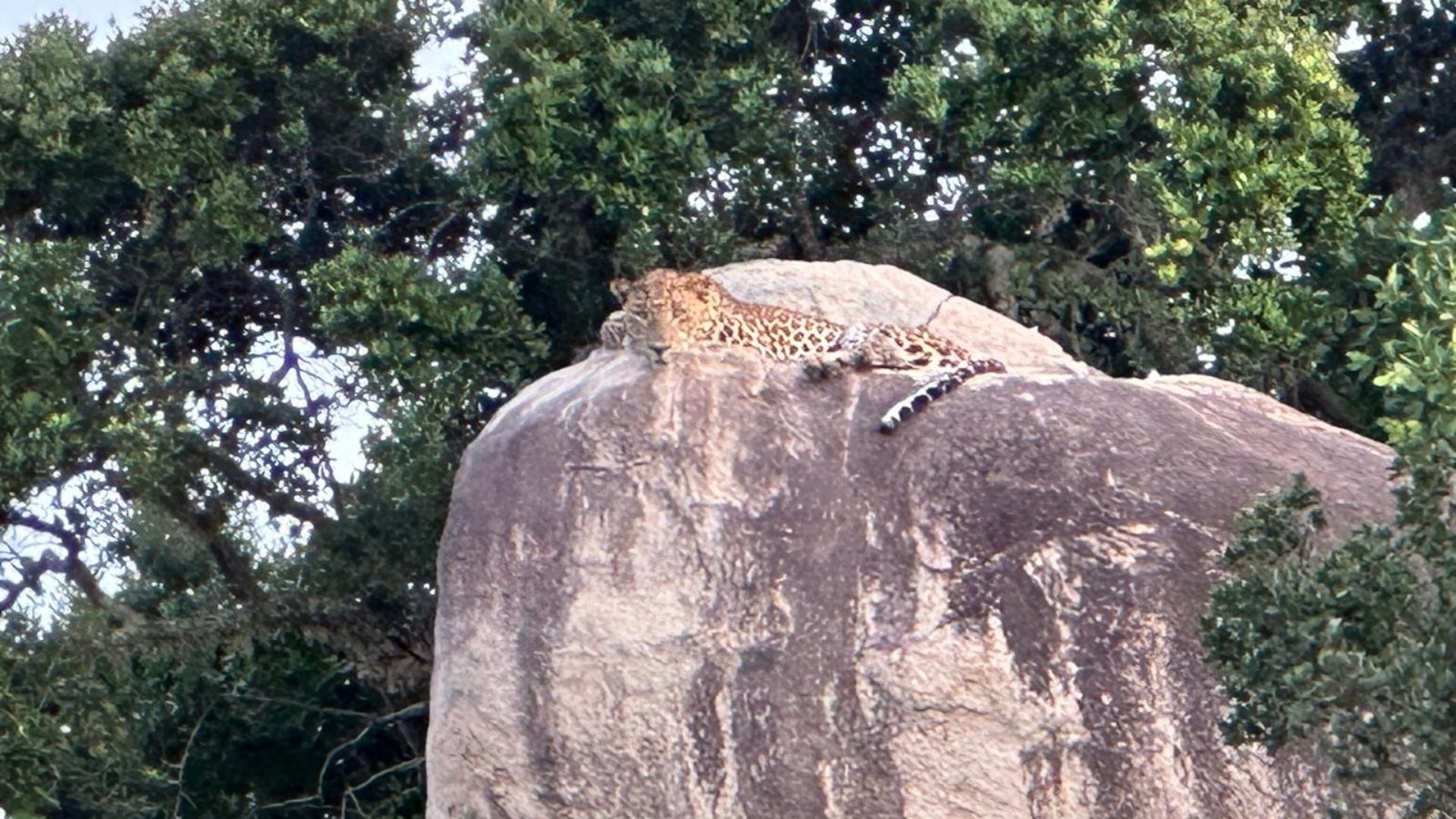
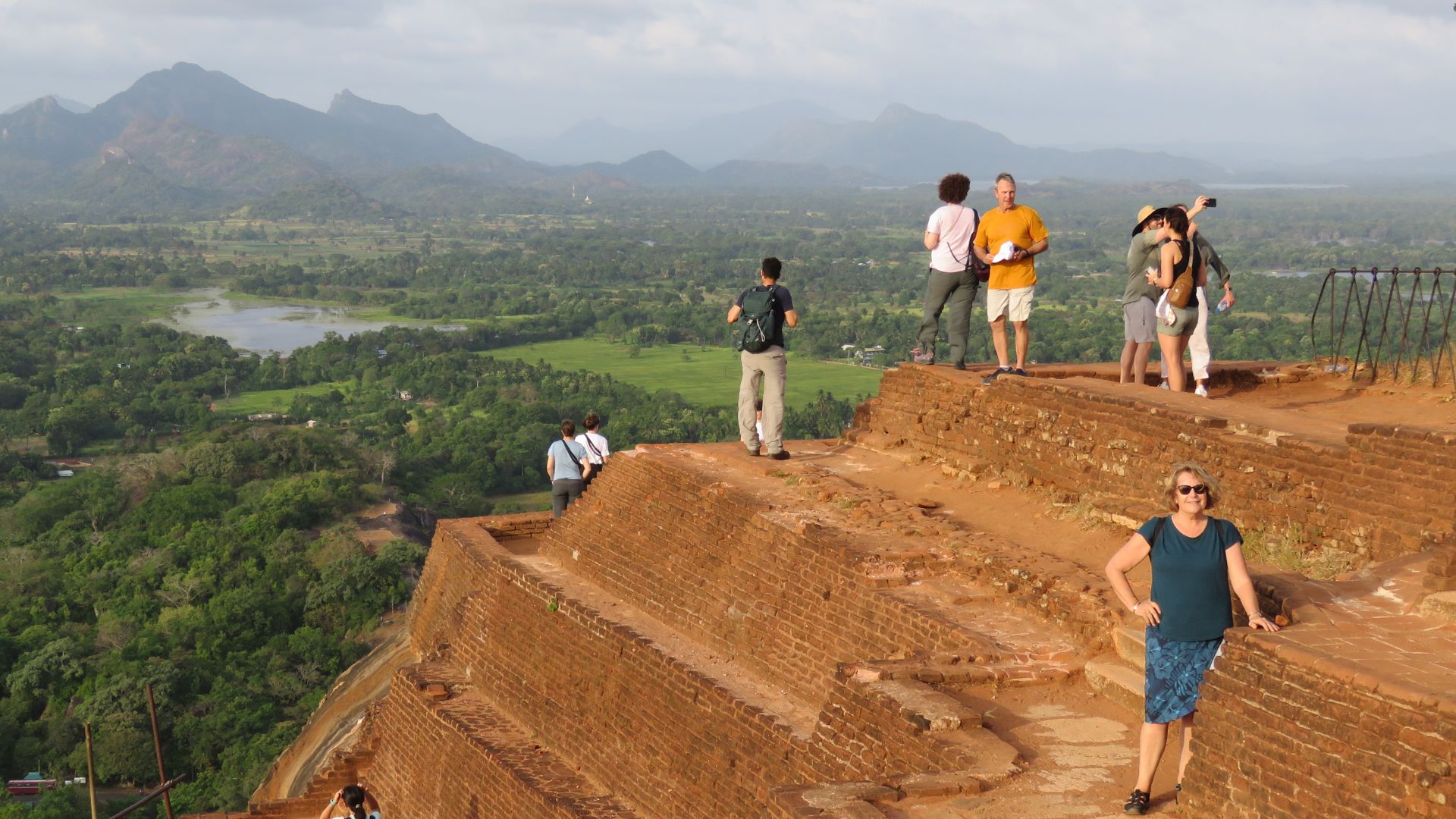
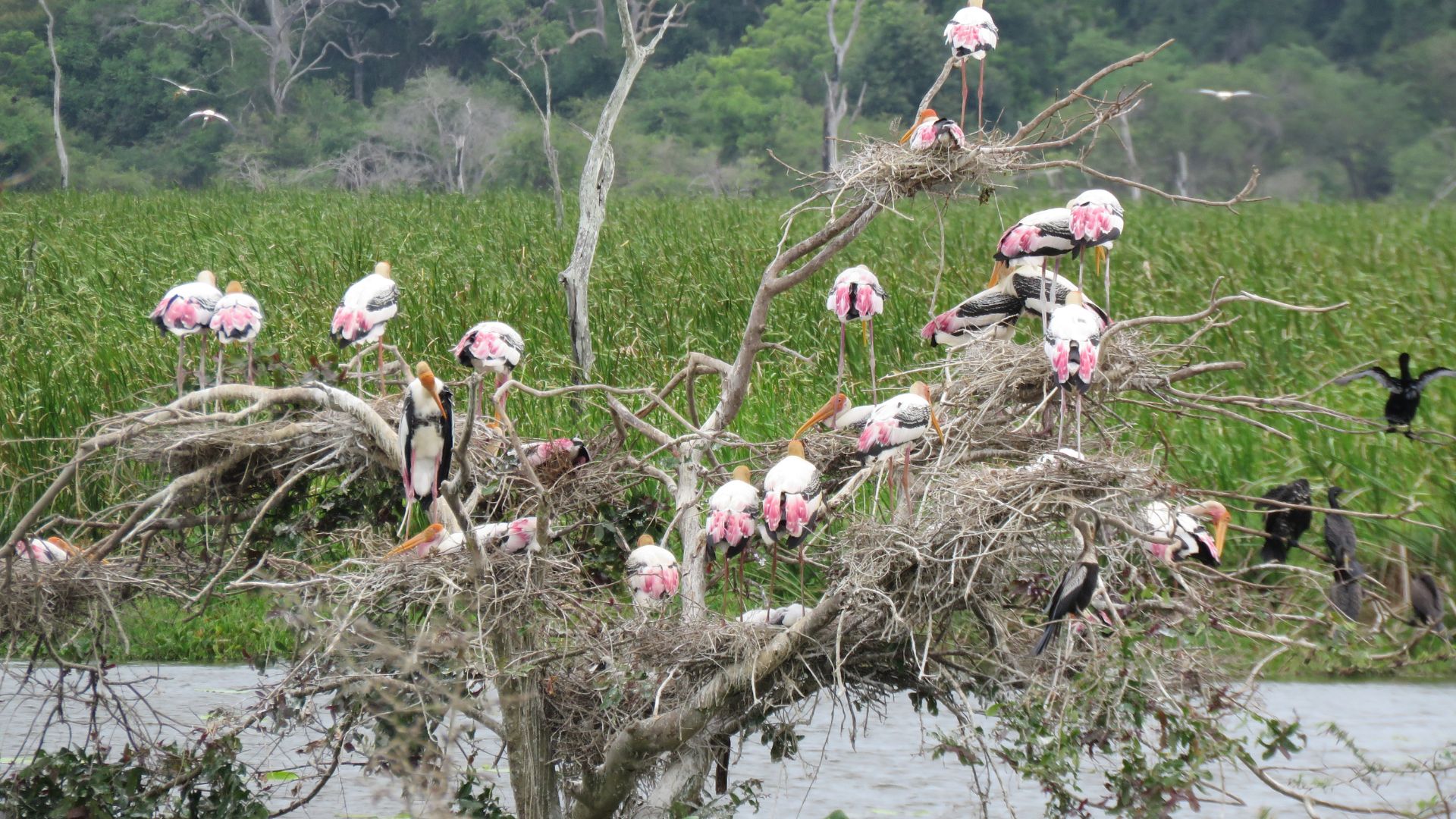
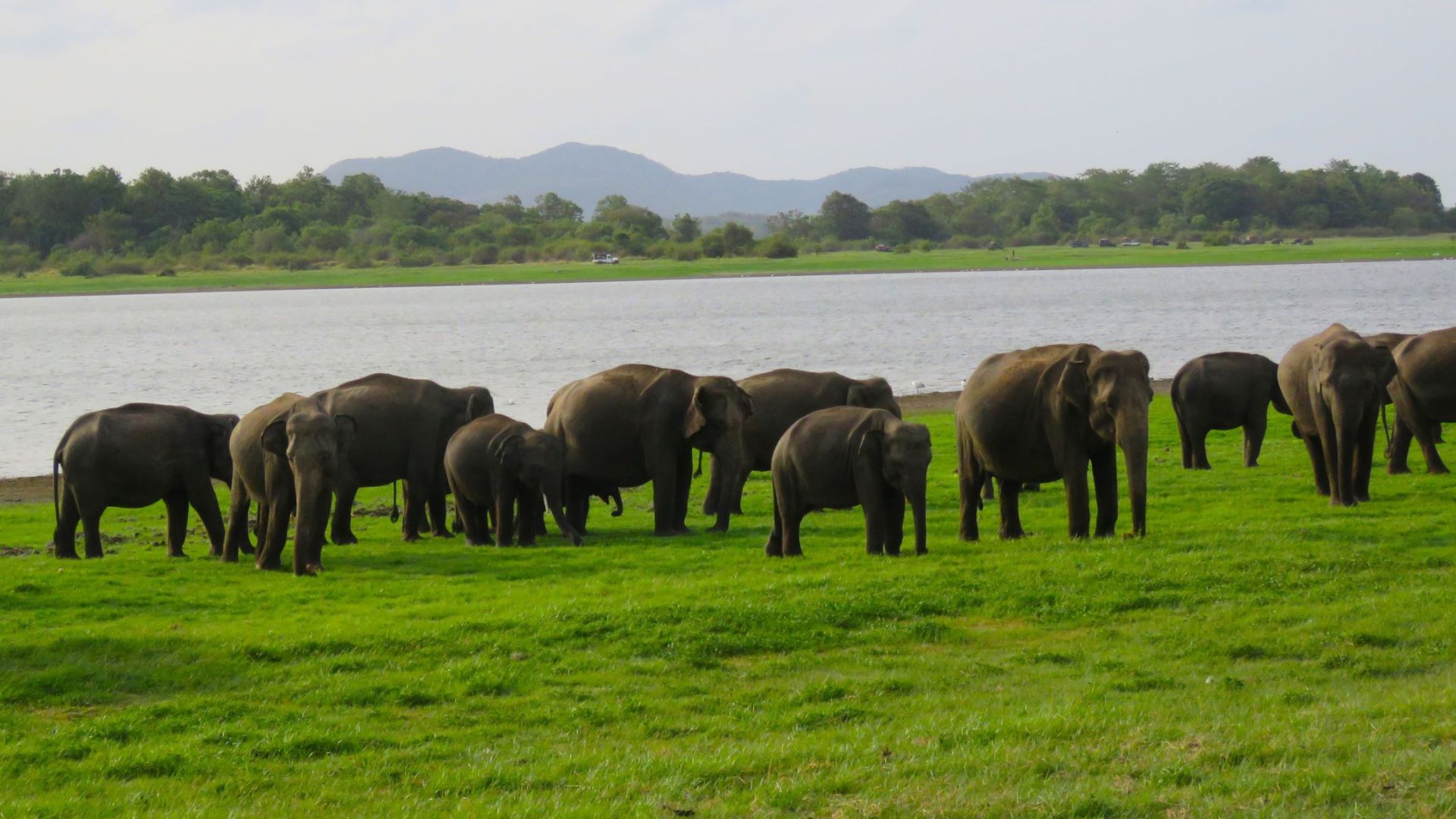
Regardless of age, I suggest packing light, breathable clothing for warmer areas, an extra layer for the cooler high country, and sound wet weather protection. And, regardless of gender, throw in clothes that cover both shoulders and knees to wear at religious sites, where I also discovered the hard way that you should respect signs regarding shoes, hats and taking photographs.
What no signs will tell you, and what many mature travellers will anguish over, is how much and who to tip. I did enough fretting and research for us all, concluding that 10% is an appropriate tip for valued service in cafes, bars and restaurants, although check that a service charge isn’t already added to the bill. A tip of 10% is also appreciated but not requisite for well-performing guides and drivers. While all tips were taken care of on my organised tour, I stuck to this tipping policy on my independent travels, with everyone seemingly happy.
Indeed, Sri Lanka is an easy place to be happy, and my final takeaway for its older visitors is to devote time to both ‘being’ and happiness. My most contented moments were spent sitting still and appreciating the special places, such as sparkling Nilaveli Beach on the east coast, spectacular Ramboda Falls in the highland rain forest and my final, soulful evening at Wilpattu National Park. Here, as night and the light fell, I wallowed in the moment and wondered at the myriad life forms all around me.
It was one step from heaven in my books, and on that final step would have sat my binoculars. How I missed them, and how I missed inspecting all this wonderful nature in finer detail and at closer quarters. The Sri Lankan government definitely did have a point; I probably would “come back for more”. In my case, however, that would be to see it all again through the enhanced perspective of binocular vision.
For more information on visiting Sri Lanka, go to the official travel website at www.srilanka.travel
Tips for older travellers to Sri Lanka: